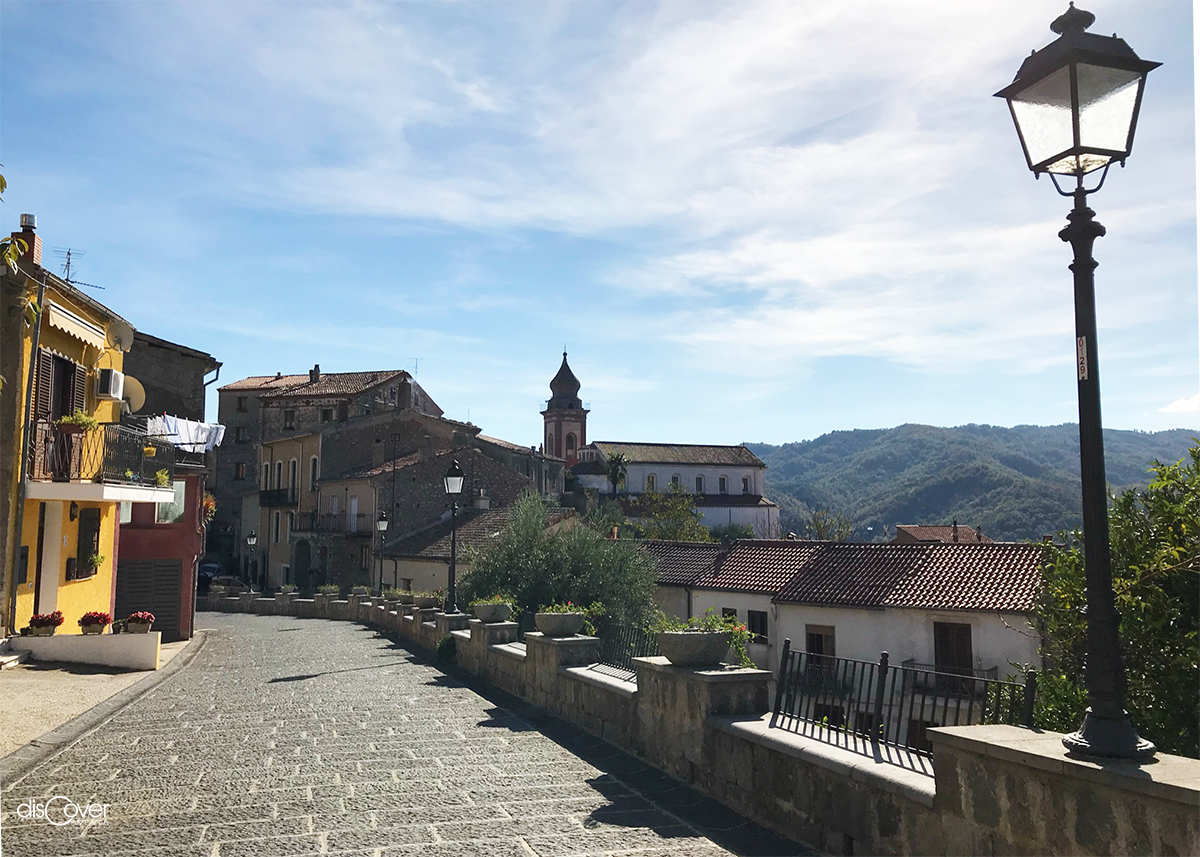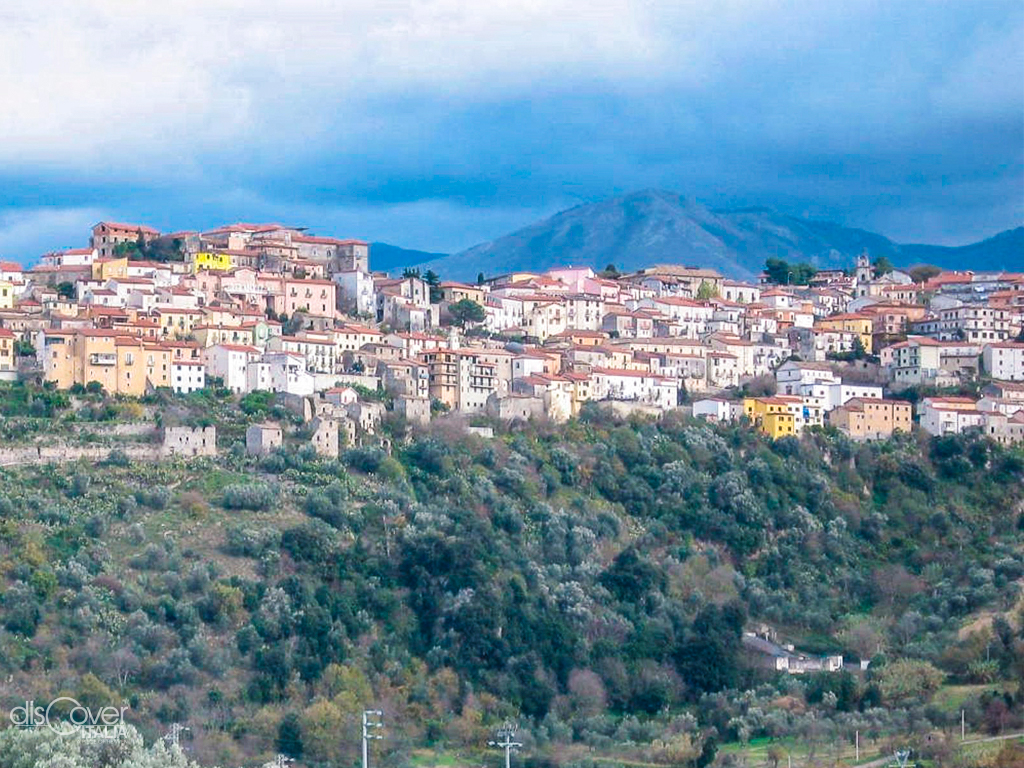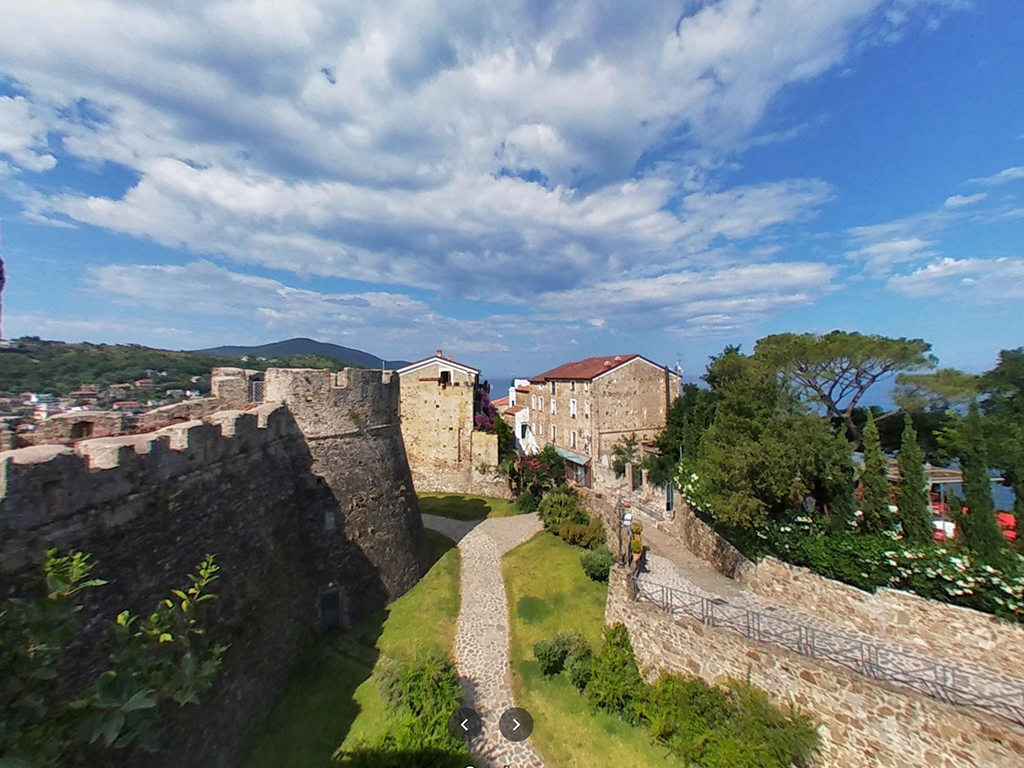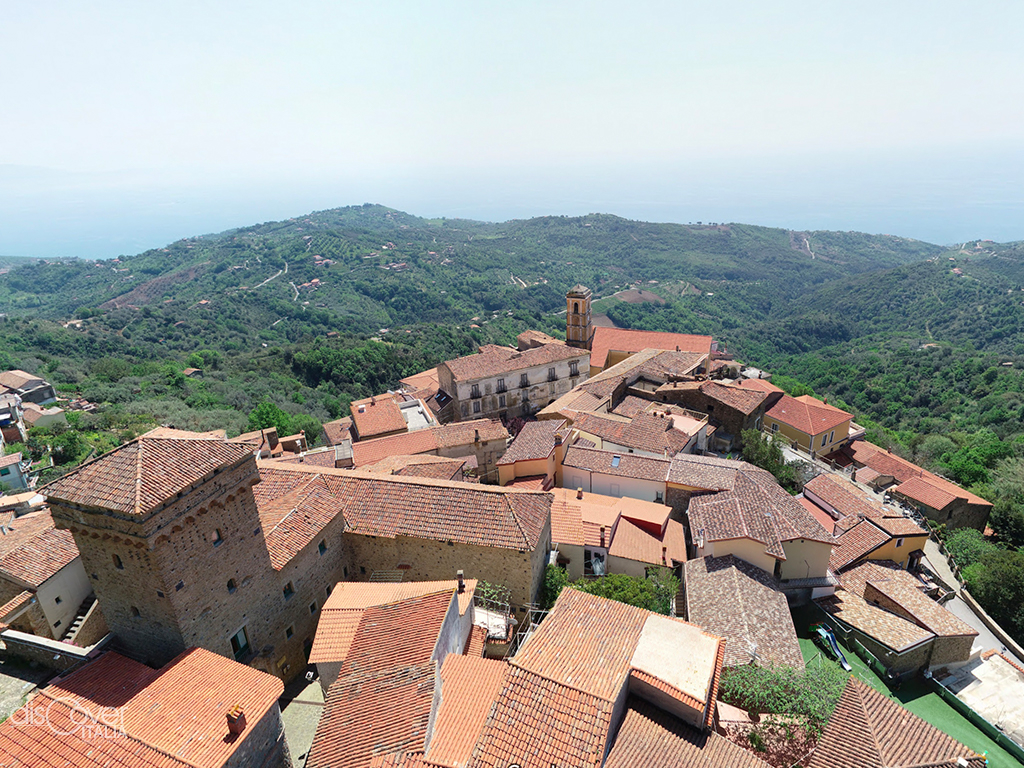
An unhappy love, son of the myth that plays so much in the culture of this ancient land, also sung by Virgil.

The heart of the village as it can still be admired today took shape in the XIV century. It was then that the castle was built, and then, when the defensive needs of the town ceased, was transformed into a baronial palace by the De Stefano family. The sanctuary church of San Demetrio dates back to that period too, built in the place previously occupied by another sacred building.

A pleasant climate in summer and very mild even in the middle of winter. A landscape of great beauty, characterized by the presence of two important rivers, Sele and Tanagro, which have their confluence point in the immediate vicinity. An ancient village with a timeless charm, standing on a hill 250 meters high.

A cliff overlooking the sea at the southern end of the gulf of Salerno. Dominating a stretch of coast that alternates sandy shores with rocky walls. An ideal site, a protected landing place, for ancient navigators.

Ancient fragments. Many. Of temples and civil buildings from the Roman era. Appearing everywhere, in every corner of the hamlet, to remind us of their long history. Begun around the IV century BC. by the Lucanians, at least according to the most recent hypothesis formulated by scholars.

Pollica is one of the pearls of the Cilento’s Coast. And the hamlets around its territory are equally important, all differently charming with their "personalities" and attractions.

ACCIAROLI - the fishing village around the Norman tower
Among the most well-known and appreciated hamlets of Cilento, Acciaroli is also fraction of Pollica, with a port, today mainly tourist, while in the past it was a safe harbor for fishing boats, the main activity of its inhabitants.